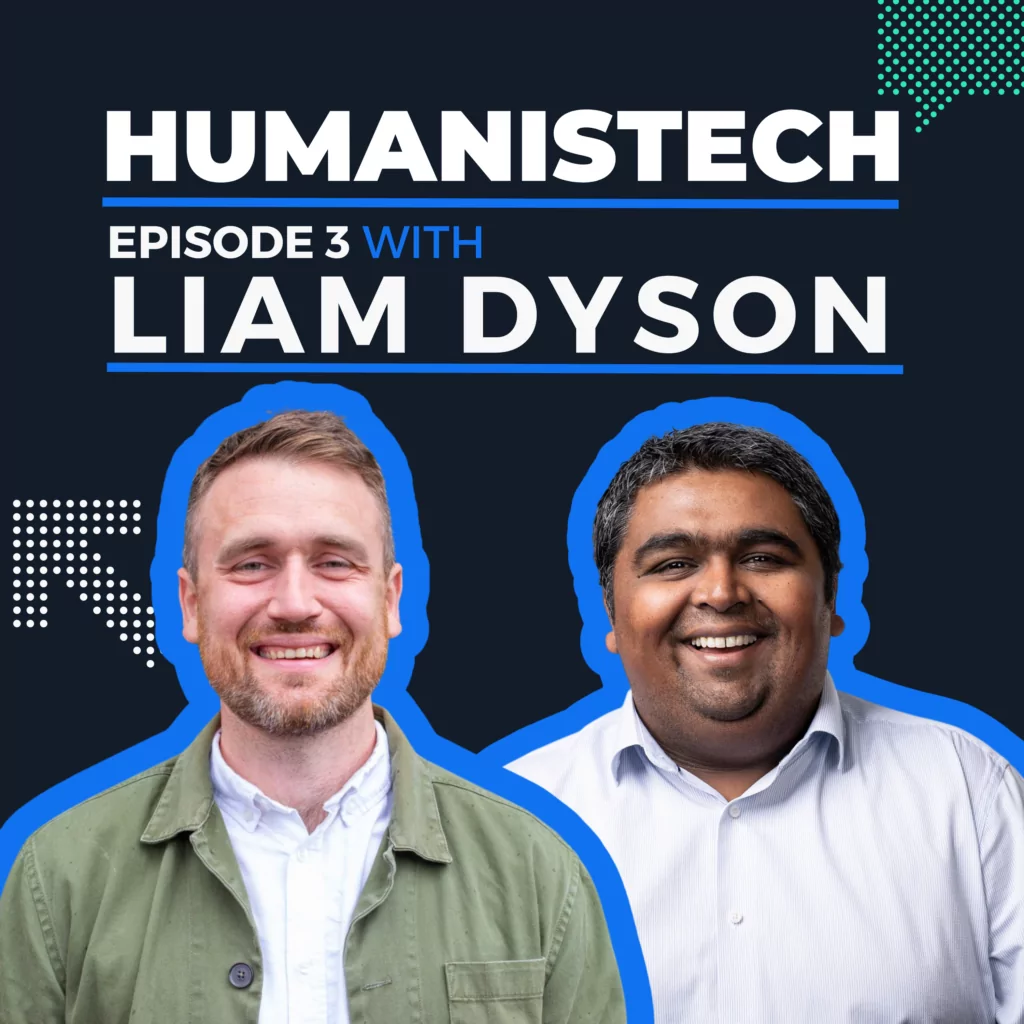In recent times‚ it’s been tricky to read the news and avoid the subject of NFTs. Some stories are positive – could NFTs be the future of how we track ownership of original art and reward the creators? Others‚ not so much. There are also plenty in the middle asking – what even is an NFT?
The short answer is that an NFT can be almost anything. We’ve seen NFTs created as pictures‚ collectables and gifs. As more and more NFT market projects come and go‚ people have started to wonder – are NFTs truly digital art with real-world value‚ or just momentary hype?
In this blog‚ we’ll dig into:
- What an NFT is and the digital transformation behind them
- Where and how to buy NFTs
- The impacts and questions surrounding the NFT space.
What are NFTs?
NFT stands for non-fungible token. NFTs are non-fungible‚ fundamentally‚ because each one is unique with its own value and characteristics. You wouldn’t expect to trade one NFT for another of exactly equal value. They’re not interchangeable.
For an example of a fungible item‚ think of currency. A pound is worth another pound and could be traded or swapped as such. A bitcoin is worth another bitcoin. Unlike those‚ an NFT cannot be exchanged for another of the exact same value. In this way‚ they’re similar to trading cards: wholly unique items with wildly different valuations.
When did NFTs start?
The history of NFTs began in 2012 as creators thought of ways to store assets on the blockchain. The first NFT minting happened in 2014‚ followed by a few years of trial and error as the idea gathered steam.
NFT sales truly began to go mainstream between 2017 and 2021‚ with sales of millions of dollars underlining those years as the NFT gold rush. As the idea sunk in‚ more people joined and profits rocketed‚ large organisations began to take note. This led to sales of NFT collections that changed creators’ lives. What began with Beeple and CryptoPunks now includes corporate giants like Nike and Disney.
How do NFTs work?
So‚ how do NFTs work as art? While NFTs – in many people’s minds – are cartoonish pictures‚ we’ve now seen GIFs‚ JPEGs‚ avatars and tweets minted. Much like physical art‚ purchasers look to own the original and profit from later sales‚ participate in tech trends‚ or just collect as a status symbol.
Most NFTs work on Ethereum blockchain technology. Much like cryptocurrencies‚ NFTs‚ therefore‚ can’t be changed or manipulated – the technology proves ownership of digital assets. Each NFT contains unique characteristics that verify who owns certain aspects of it. The files themselves aren’t usually stored on the blockchain as they are too large – instead‚ most include a link to a file which proves ownership of that object.
To create and sell an NFT‚ you should:
- Make your NFT – this can be a picture you’ve drawn in paint‚ a GIF you made‚ or a picture of a tweet you sent. Whatever you feel like‚ basically.
- Choose a platform to sell on. You might base this on things like your target market or selling fees.
- Open or link your cryptocurrency wallet to receive payment.
- Create your listing and wait to receive offers.
Why are NFTs valuable?
So‚ why are some NFTs so expensive? Some NFTs are valuable because people see them as digital art that is pleasing to them. Others‚ because they are digital assets that might be worth more in the future. Many NFTs can also be almost worthless.
The key to NFT art valuations is that they are an intellectual property. Much like in real life‚ millions of people might own copies of an artwork – but only one person owns the original. That rarity brings status and future value‚ although the NFT market is a notoriously fickle one to invest in. Long term‚ NFTs may start to have uses beyond value‚ such as in NFT collections or the metaverse.
What are NFT monkeys?
Perhaps the most famous example so far of an NFT collection is the bored ape yacht club. These NFTs are polarising – they can cost huge sums‚ but to many people‚ they are simply pictures of monkeys. Which side of the argument you fall on probably tells you if the NFT market is for you (or not). If it is‚ you may want to start creating‚ buying‚ and selling NFTs yourself.
Where and how to buy NFTS
While buying NFTs used to be fairly tricky‚ nowadays‚ you can find all manner of pieces on huge NFT marketplaces like Opensea‚ Rarible and Mintable. You can find many other collections on social media or in specialist Discords. On mobile‚ many app developers now include NFTs as a core part of their offering.
Others‚ like the NBA Top Shot project‚ are specific to particular creators‚ while plenty of others are smaller individual NFT projects. You can also find others moving away from selling in Eth and using other cryptocurrencies or blockchains altogether. As the technology and popularity evolve‚ novel NFTs might pop up anywhere.
NFTs facts and fiction
While the technology itself can be challenging to grasp‚ there are also many bigger and more philosophical questions around NFTs. Here‚ we’ll dig into a few.
Are NFTs bad for the environment?
Much like digital currency in the crypto world‚ NFTs run on blockchains. This comes with energy overheads‚ with some using massive amounts of power. Blockchains like Bitcoin and Solana cover this with transaction fees‚ and the Ethereum chain is no different. In fact‚ it’s notoriously expensive‚ charging users a ‘gas fee’ – this can sometimes cost more than the NFTs themselves. To many‚ the environmental impact of NFT blockchain usage is a moral challenge.
Why do some NFTs keep vanishing?
NFTs themselves are not stored on the blockchain. This means they are open to various hacks‚ scams – and even the server hosting them being taken offline. As such‚ anyone venturing into NFTs should take extreme precautions at all times.
Are gamers turning their backs on NFTs?
Some video game makers – like Ubisoft and STALKER – have fallen foul of gamer opinion. Some have tried to include NFTs in new games and have been met with protests. While NFTs may have potential uses in games currently‚ many gamers see them as a cash grab by designers.
Are Nike destroying unauthorised NFTs?
Nike famously asked a court to destroy NFTs it claimed used its logo without consent. While it’s tough to destroy digital files‚ it’s all but impossible to remove ownership on the blockchain. This case is the first of many that will define new laws and regulations regarding NFT ownership.
Why can’t you screenshot NFTs?
Unfortunately for owners‚ there’s nothing they can do to stop people screenshotting or saving copies of their NFTs. It’s just an image file‚ like a JPG‚ after all – not a piece of real estate or a physical item. The key is that there is only one owner of the original with the right to sell it.
Are NFTs bad for artists?
While NFTs create a whole new market for artists‚ they also pose problems. Many artists have suffered from stolen artwork‚ while others have been scammed‚ phished or hacked. While copyright law catches up with technology‚ artists must be careful when selling their work as NFTs.
Summary
The NFT market is a complicated one. On the one hand‚ it helps prove ownership of digital works – something that could transform myriad industries. On the other‚ it’s an immature industry open to colossal value fluctuations‚ scams and losses.
While some have made a fortune in NFTs‚ others have lost out. Whether you’re looking to join the bored ape yacht club or mint your own artwork‚ while technology outpaces regulation‚ you should enter the NFT market with caution.





